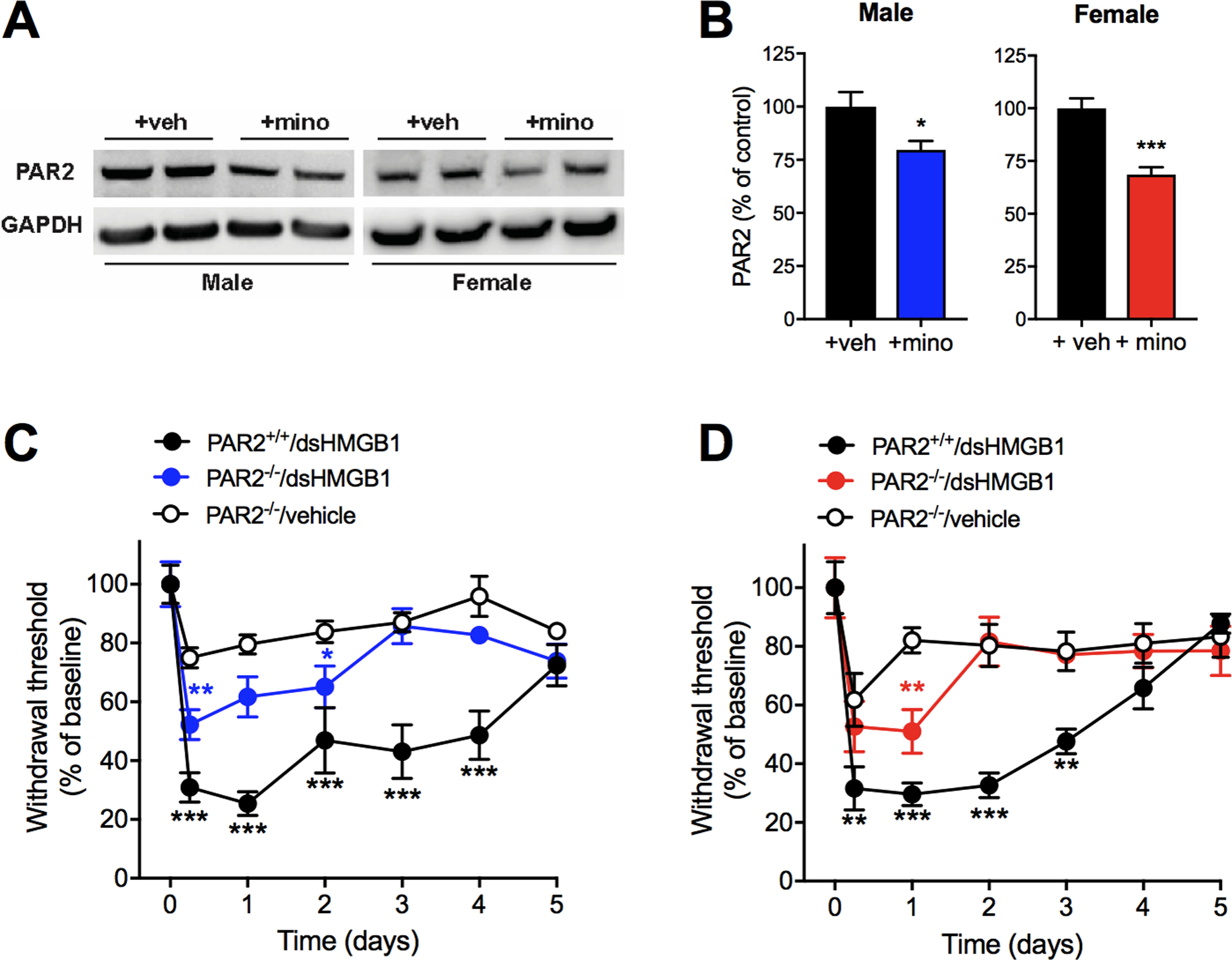Figure 7. PAR2 depletion partially protects male and female mice from developing disulfide HMGB1-induced mechanical hypersensitivity.

(A) Representative western blot images and (B) quantification of proteinase-activated receptor 2 (PAR2) immunopositive bands normalized to GAPDH and presented as percentage change to vehicle control groups. Withdrawal response following i.t. injection of dsHMGB1 (1 μg) or vehicle in (C) male and (D) female wild-type (PAR2+/+) and whole-body PAR2 knockout (PAR2−/−) mice. Data are presented as mean ± SEM, n=6 mice/group for western blot results and n=4–7 mice/group for behavioral results, *p<0.05, **p<0.01, ***p<0.001 vs. control groups.
